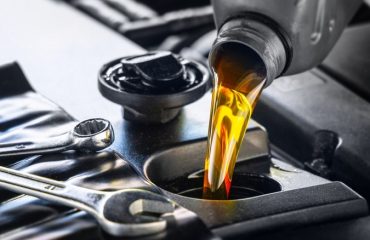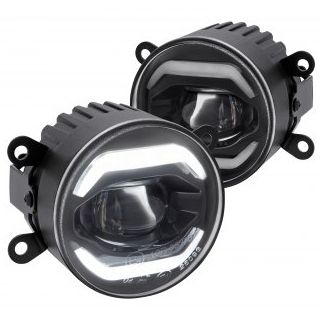
Engine oil is used to lubricate, clean, cool, and protect the components of an engine as it runs. You definitely don’t want your pistons and crankshafts to be dried out and grinding up against one another while you’re driving, as that will lead to severe wear and tear and eventual failure. However, putting oil in an engine isn’t as simple as grabbing a random bottle off the garage shelf, pouring the contents into any hole in the engine, and calling it a day.
For instance, do you know if the engine in your vehicle is a 2-cycle or a 4-cycle? This is also known as 2-stroke and 4-stroke, respectively. If you don’t know, you should definitely check your owner’s manual, because that single distinction will determine whether you should be using 2-cycle or 4-cycle engine oil. These two kinds of oil utilize different chemical compositions to best serve their purpose in their respective engine type, and mixing them up can have some unpleasant consequences for your engine’s health and longevity.
2-cycle oil is mixed with fuel and burnt up
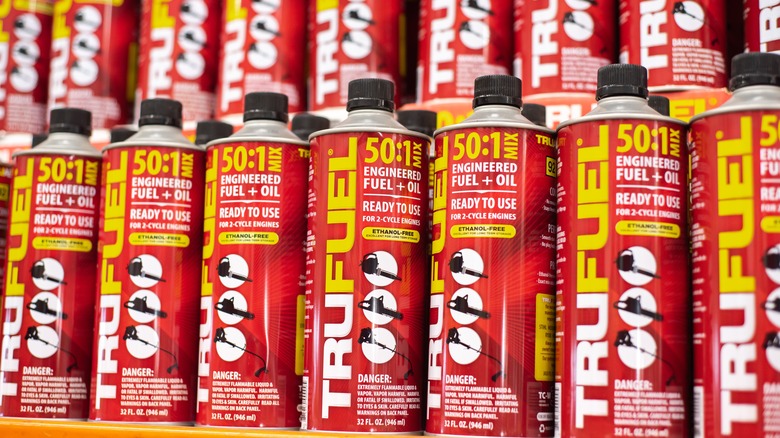
The 2-cycle engine is an older engine format that you rarely see in modern cars, although they do still power small vehicles like go-karts. The engines are on the louder side, burning up fuel faster, and they have a tendency to produce a greater quantity of environmentally-unsafe fumes. When a piston in a 2-cycle engine pumps up, it draws in a mixture of not only air and fuel like modern engines, but also oil. This oil circulates through the pistons as they pump, providing lubrication as it goes.
This is why 2-cycle oil is distinctive from its contemporaries – it needs to be able to mix with fuel as it does its work, after which it’s burnt up in the engine. That’s another reason 2-cycle engines are less common now; that fuel inefficiency extends to the oil, which needs to be topped up at regular intervals.
4-cycle oil is used to lubricate, and isn’t consumed
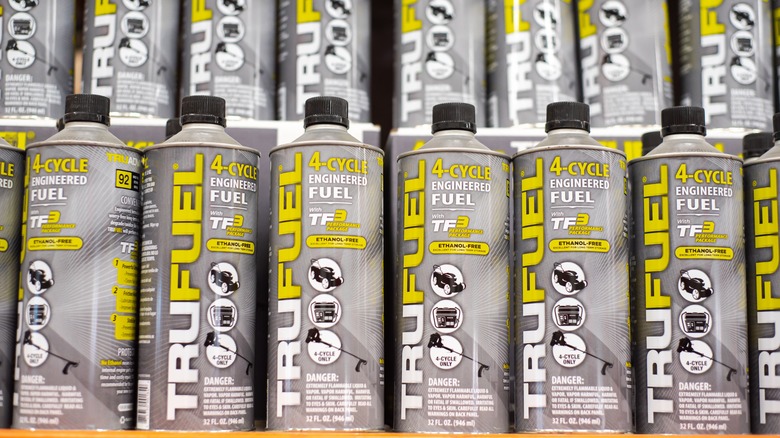
The 4-cycle engine is the more common format in the modern age, going through four strokes to complete a full piston cycle. These kinds of engines only draw up the usual air-fuel mixture to generate force, while the oil doesn’t enter the piston casings at all. Instead, it’s the oil’s job in a 4-cycle engine to flow throughout the engine’s various components, both providing the necessary lubrication for their safe operation and cleaning out scum.
The important distinction here is that, unlike 2-cycle oil, 4-cycle oil is not meant to be burnt up. As it flows throughout the engine’s components, the oil eventually returns to the crankcase, starting its cycle over again. This means that, unless the oil is leaking or burning up from other means, you don’t need to change it out with the same regularity as a 2-cycle engine necessitates. You still need to change it, but at regular milestones rather than when it’s empty.
What happens when you use one oil instead of the other?
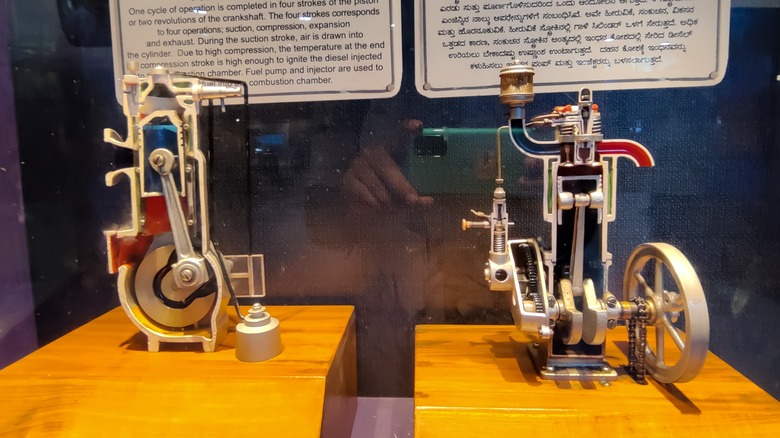
Since 2-cycle engines are less common than 4-cycle engines, 2-cycle oil is consequently less plentiful. You can still find it online or in automotive stores like O’Reilly Auto Parts, but you might have to look harder or pay a little more money. Due to this, you’re not very likely to accidentally use it in the wrong kind of engine. That said, what would happen if you did use the oil intended for one kind of engine in the other, and vice-versa?
It has been suggested that 2-cycle oil is safe to use in a 4-cycle engine, albeit sparingly, since the oil in a 4-cycle engine is only meant to clean and lubricate, and the 2-cycle oil should be able to handle that without notable risks. However, it certainly won’t be as efficient at cleaning, and the vast majority of advice is to not try to substitute it at all.
On the flip side, 4-cycle oil should not be used in a 2-cycle engine. 4-cycle oil is not engineered to mix with fuel, since that’s not something it would normally be doing, so when a 2-cycle engine does try to mix them, there’s going to be some major smoking and wear.

